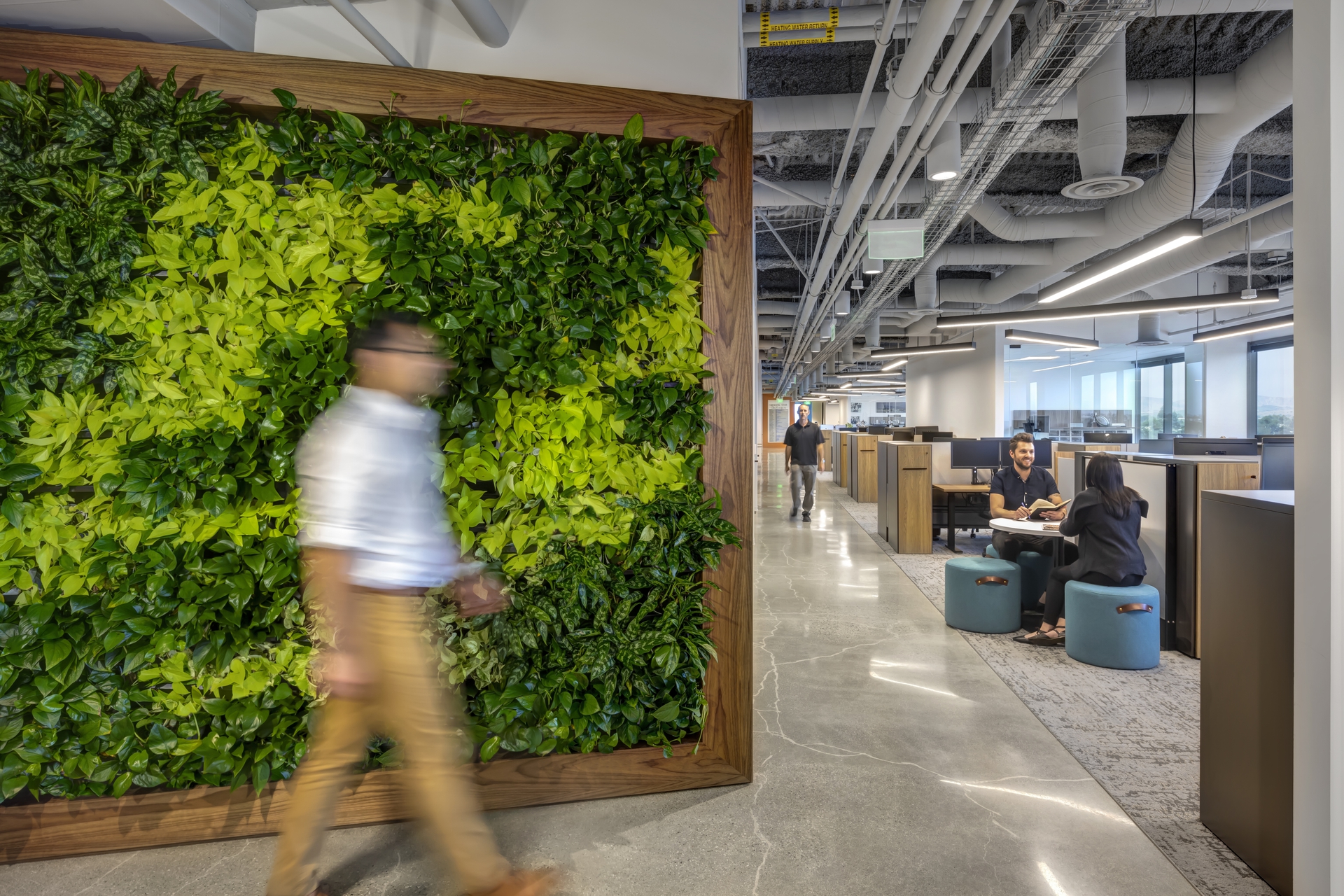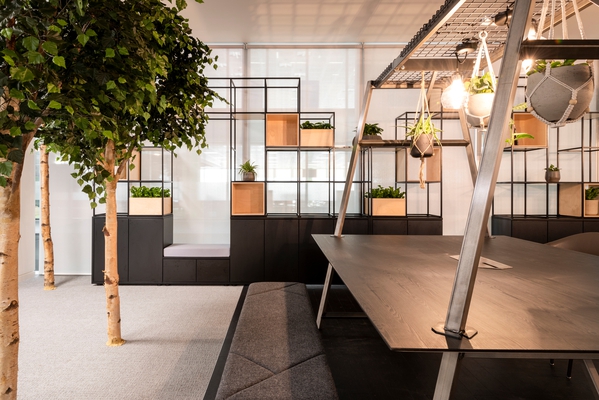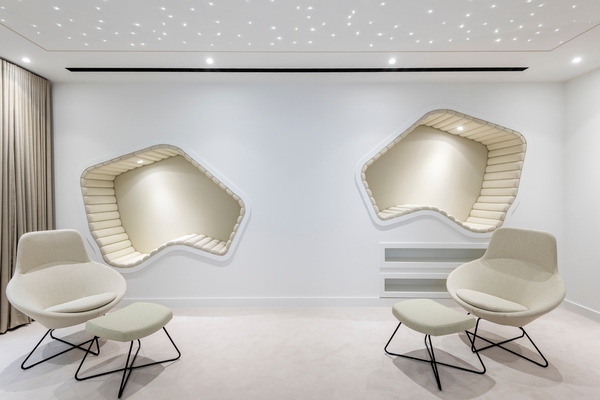
What are Sustainability Standards and Why are they Important?
Sustainability is an ever-growing concern, with architects and designers working to use the most environmentally friendly and sustainable workplace solutions, while providing the necessary functionality and pleasing aesthetics in a space.
As sustainable architecture continues to shape the built environment, standards have been developed to both encourage best practices and provide measurable frameworks to create healthier, more environmentally conscious spaces.
The Sustainability standards we will cover in this post are WELL, LEED, BREEAM, LBC and SKA. This is a basic overview of the green building standards, and future blogs will go into greater depth on how the different points/credits/certification systems work, and different applications of the standards.

WELL is one of the most commonly requested and sought-after standards. It is based on the product rather than a whole project, making it somewhat easier to reach a certain level, especially if the sustainability standard wasn’t considered from the start of construction and design. WELL awards points based on ten key concepts: Air, Water, Nourishment, Light, Movement, Thermal comfort, Sound, Materials, Mind and Community.
LEED is a North American run scheme, however it is used across the world and is very popular with global companies, as a comprehensive and versatile green building certification system. LEED is a project-based scheme and is awarded at building level, considering the materials, sourcing of materials, processes used, and the surrounding environment. The main points awarded are for energy efficiency, water conservation and materials selection. The scheme also awards credits for innovation in sustainable design and the way a project is built, which encourages creative thinking and new approaches in terms of ways to achieve tasks more sustainably.
BREEAM is the UK version of LEED, and although not formally mutually recognised, they align in many key principles and features. Like LEED, BREEAM is a project-based scheme and is awarded at building level, and the key focuses are on Health & Wellbeing, which includes VOC emissions and user comfort, responsibly sourced materials and waste reduction, and how a project contributes to reducing waste and increasing recyclability.
SKA Rating is an environmental assessment tool for sustainable commercial fit-outs. It measures use of energy, materials, and waste in office spaces. It is mainly relevant to office fit-outs in the UK market, and its popularity tends to fluctuate from year to year.
The Living Building Challenge (LBC) is offered by the International Living Future Institute, the same Institute that issues Declare labels. The programme is split up into ‘Petals’ for the different categories, and these are Place, Water, Energy, Health & Happiness, Materials, Equity and Beauty. The aim is to have a Net Positive impact, so within each of these Petals there are a number of imperatives which must be met and proven, to get recognition by the ILFI.

All of these sustainable certification standards are important to work towards, with many of the required features being not only more sustainable, but better practice in the creation of healthier, more efficient, and eco-friendly workplace designs. For a company to be at least aiming towards meeting the requirements of these standards, such as WELL or LEED, even without going all the way through to achieving a level within one, they will be designing in a more beneficial way for the people who use the space, as well as the environment.
Another key point to note is that by showing commitment to sustainable office design, and looking to achieve recognized levels in design now, we’re giving ourselves a stronger foundation for the future, with this topic only getting more relevant and widely noticed. Requirements around design are also shifting significantly to support the users of spaces, and many future-proofing methods play into sustainable design.
Sustainability continues to become more integrated into both policy and practice, and these certification systems offer a clear framework for architects and designers to follow. They don’t just represent a checklist but promote a mindset of designing for longevity, health, and resilience. Each standard has its own strengths and applications, and often projects benefit from drawing on the principles of more than one. Whether targeting certification or simply taking inspiration from their frameworks, these standards are valuable tools in the move toward more responsible, conscious design. As we face a rapidly changing climate and increasing demands on resources, making sustainability a priority in design isn’t optional anymore, it’s essential.
Contact us to see how our products can help you meet sustainability goals.



